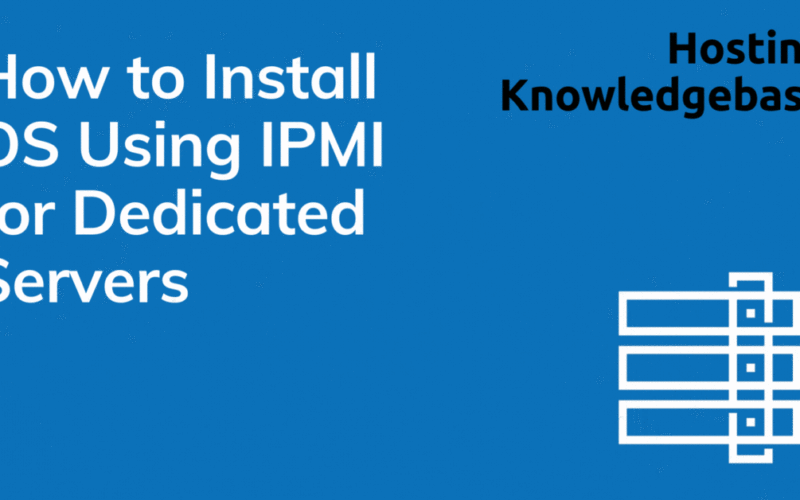 This article provides a detailed comparison of Memcached vs Redis cache.
This article provides a detailed comparison of Memcached vs Redis cache.
What is Memcached?
Memcached is a high-performance, distributed memory caching system designed to speed up dynamic web applications by reducing the database load.
🔍 Key Features
- In-memory storage: Stores data in RAM, making it extremely fast.
- Key-value store: Caches data using a simple string-based key-value model.
- Volatile storage: Data is not persistent and is lost when the server restarts.
- Multithreaded: Supports concurrent operations using multiple CPU cores.
- Distributed architecture: Can be deployed across many servers (horizontal scaling).
- Lightweight: Minimal dependencies and simple to deploy.
⚙️ How Memcached Works
Memcached temporarily stores frequently accessed data, like:
- Database query results
- API responses
- Session data
- HTML page fragments
When your application requests this data, Memcached serves it from memory rather than querying a slower database or backend system, significantly speeding up performance.
🧠 Common Use Cases
- Caching database queries to reduce load and latency
- Storing session information in scalable web applications
- Caching rendered pages or page fragments in content-heavy sites
- Reducing API request frequency by storing results temporarily
🔐 Security Note
Memcached does not include built-in authentication or encryption, so it’s critical to run it behind a firewall or on a trusted internal network.
✅ Summary
Memcached is a simple, fast, and efficient solution for temporary caching needs in high-traffic environments. It’s best used for short-lived, non-critical data where performance is a higher priority than persistence or advanced features.
What is Redis Cache?
Redis Cache is a high-performance, in-memory data store that is commonly used as a cache, database, and message broker. It supports a wide variety of data structures and provides features beyond simple key-value storage, making it one of the most powerful caching solutions available.
🔍 Key Features
- In-memory storage: All data is stored in RAM, enabling sub-millisecond response times.
- Persistent option: Unlike many caches, Redis can optionally save data to disk using RDB (snapshotting) or AOF (append-only file).
- Rich data types:
- Strings
- Lists
- Sets
- Hashes
- Sorted sets
- Streams
- Bitmaps, HyperLogLogs, and more
- Advanced capabilities:
- Pub/Sub messaging
- Atomic operations
- Lua scripting
- Geospatial indexing
- Replication and High Availability: Supports master-replica replication, Redis Sentinel, and Redis Cluster for fault tolerance.
⚙️ How Redis Cache Works
Redis acts as a memory-based cache layer that sits between the application and a slower backend, like a database. It stores frequently accessed or computed data so that future requests can be served much faster.
Typical use:
- Application checks Redis for a key.
- If the key exists (“cache hit”), data is returned immediately.
- If not (“cache miss”), data is fetched from the database and stored in Redis for future access.
🧠 Common Use Cases
- Caching database queries or API responses
- Session management in web applications
- Leaderboards and counters
- Queues and task scheduling (via lists or streams)
- Real-time analytics
- Rate limiting
- Chat and pub/sub systems
🔐 Security Features
- Authentication with passwords or access control lists (ACL)
- TLS encryption for secure connections
- Command renaming or disabling to harden the instance
✅ Summary
Redis Cache is a feature-rich, fast, and flexible caching system that goes far beyond simple key-value storage. It’s ideal for modern applications that need speed, structure, and reliability.
Memcached vs Redis Cache
Here’s a detailed comparison of Memcached vs Redis cache, two of the most widely used in-memory data stores, often used for caching and real-time analytics:
SEE ALSO: cPanel Shared Hosting Server Specs
🔍 Overview
| Feature | Memcached | Redis |
|---|---|---|
| Developer | Danga Interactive | Salvatore Sanfilippo (antirez) |
| Initial Release | 2003 | 2009 |
| Written In | C | C |
| License | BSD | BSD |
| Type | In-memory key-value store | In-memory key-value store with advanced data structures |
🧠 Use Case Summary
| Use Case | Memcached | Redis |
|---|---|---|
| Simple key-value caching | ✅ Ideal | ✅ Excellent |
| Complex data structures (lists, sets, hashes) | ❌ Not supported | ✅ Natively supported |
| Pub/Sub messaging | ❌ No support | ✅ Supported |
| Persistent storage | ❌ Memory only | ✅ Optional RDB or AOF persistence |
| Atomic operations | ❌ Limited | ✅ Extensive support |
| Leaderboards, queues, real-time analytics | ❌ Not suitable | ✅ Excellent fit |
| Expiry and TTL | ✅ Supported | ✅ Supported with precision |
🧩 Data Structure Support
| Data Structure | Memcached | Redis |
|---|---|---|
| Strings | ✅ | ✅ |
| Lists | ❌ | ✅ |
| Sets | ❌ | ✅ |
| Hashes | ❌ | ✅ |
| Sorted Sets | ❌ | ✅ |
| Bitmaps, HyperLogLogs, Streams | ❌ | ✅ |
Redis offers far more sophisticated data handling capabilities out of the box.
🏗️ Architecture
| Aspect | Memcached | Redis |
|---|---|---|
| Multithreaded | ✅ Yes | ❌ No (single-threaded with I/O multiplexing) |
| Memory Efficiency | ✅ Slightly more efficient for simple key-value | ✅ Efficient but uses more memory for complex structures |
| Cluster Support | ✅ Client-side sharding (manual) | ✅ Redis Cluster (native) |
| Persistence | ❌ Volatile only | ✅ RDB snapshots, AOF logs |
| Replication | ❌ No native support | ✅ Master-slave replication |
| High Availability | ❌ External solutions required | ✅ Redis Sentinel / Redis Cluster |
🛠️ Performance and Scalability
| Aspect | Memcached | Redis |
|---|---|---|
| Latency | Ultra-low | Ultra-low |
| Throughput | Extremely high for basic caching | High, slightly lower due to rich features |
| Horizontal Scaling | ✅ Easily sharded | ✅ Redis Cluster or manual sharding |
| Vertical Scaling | ✅ | ✅ |
🔐 Security and Access Control
| Feature | Memcached | Redis |
|---|---|---|
| Authentication | ❌ Not natively supported (use SASL patch or firewall) | ✅ Password-based (AUTH), ACLs |
| Encryption | ❌ Requires external TLS proxy | ✅ TLS support since v6.0 |
| Access Control | ❌ None | ✅ Role-based ACLs (v6.0+) |
🧪 Tooling & Ecosystem
| Feature | Memcached | Redis |
|---|---|---|
| Client Libraries | ✅ Available in most languages | ✅ Available in most languages |
| Monitoring Tools | Basic stats | Rich metrics with Redis CLI, RedisInsight |
| Community Support | Active, but limited roadmap | Large, vibrant community with frequent updates |
| Cloud Services | AWS ElastiCache (Memcached mode) | AWS ElastiCache, Azure Redis, Redis Enterprise |
⚖️ Pros and Cons
-
Memcached
Pros:
- Simpler architecture = faster in some use cases
- Multithreaded = better CPU utilization
- Lightweight with very low overhead
Cons:
- Only supports strings
- No persistence, replication, or native HA
- No built-in authentication
-
Redis
Pros:
- Rich data structures and commands
- Persistence and replication support
- High availability (Sentinel, Cluster)
- More secure (AUTH, ACL, TLS)
- Pub/Sub, Lua scripting, geospatial support
Cons:
- Single-threaded core (though very fast)
- Slightly more memory usage
- More complex to configure and manage
🧭 When to Use Each
| Scenario | Recommendation |
|---|---|
| Simple cache for session data or small key-value lookups | Memcached |
| Need for data durability and persistence | Redis |
| Need to handle complex data types (queues, counters, sets) | Redis |
| High concurrency with minimal logic and max throughput | Memcached |
| Publish/subscribe or real-time leaderboard | Redis |
✅ Final Verdict: Memcached vs Redis Cache
In the Memcached vs Redis Cache conversation, there are many variables to consider, such as:
- Redis is more versatile and powerful, making it the better choice for most modern applications, especially when persistence, advanced data types, or pub/sub features are needed.
- Memcached is ideal for extremely lightweight, fast, and simple caching scenarios with high throughput and where multithreaded performance is critical.
Conclusion
Hopefully, you now have a better understanding of Memcached vs Redis Cache and the pros, cons, similarities, and differences between the two.










[…] Memcached […]